Kids love using hammers, but the cold hard truth is that many younger children do not have the strength or hand-eye coordination necessary to pound a nail into a hunk of wood. Luckily, not all hammers are meant to pound nails. The Ball Peen Hammer is designed for shaping metal. It’s a great entry level hammer for preschoolers that’ll help them build strength in their shoulders, arms, wrists, and hands as well as hone visual tracking skills, hand-eye coordination, situational awareness, and more.
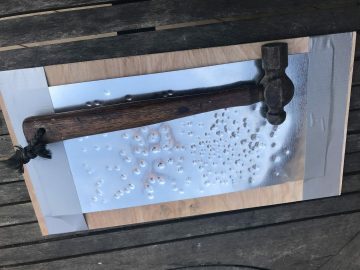
Here’s a quick and inexpensive way to set up a ball peen hammer work station:
What You’ll Need
- A ball peen hammer I recommend a 4-12 ounce hammer. Here’s a short handled 4 oz hammer that’d work nice for smaller kids and here’s a larger one for bigger kids. You’ll also find these hammers for a fair price at yard sales, antique shops, and second hand shops.
- Galvanized steel flashing I recommend 6 inch wide flashing. It’s easy to work with and doesn’t take up a lot of room. Flashing is just thin steel used in roofing. You’ll find it at most any lumber yard or home center and can get it online. A fifty foot long roll costs around $30.
- Backer board This is just a piece of scrap wood a bit larger than the piece of steel. The one pictured is about 8 inches by 16 inches. In the images, I’m using a quarter inch thick piece of scrap, but for kids I’d recommend something at least half an inch thick.
- Sheet metal snips
- Duct tape
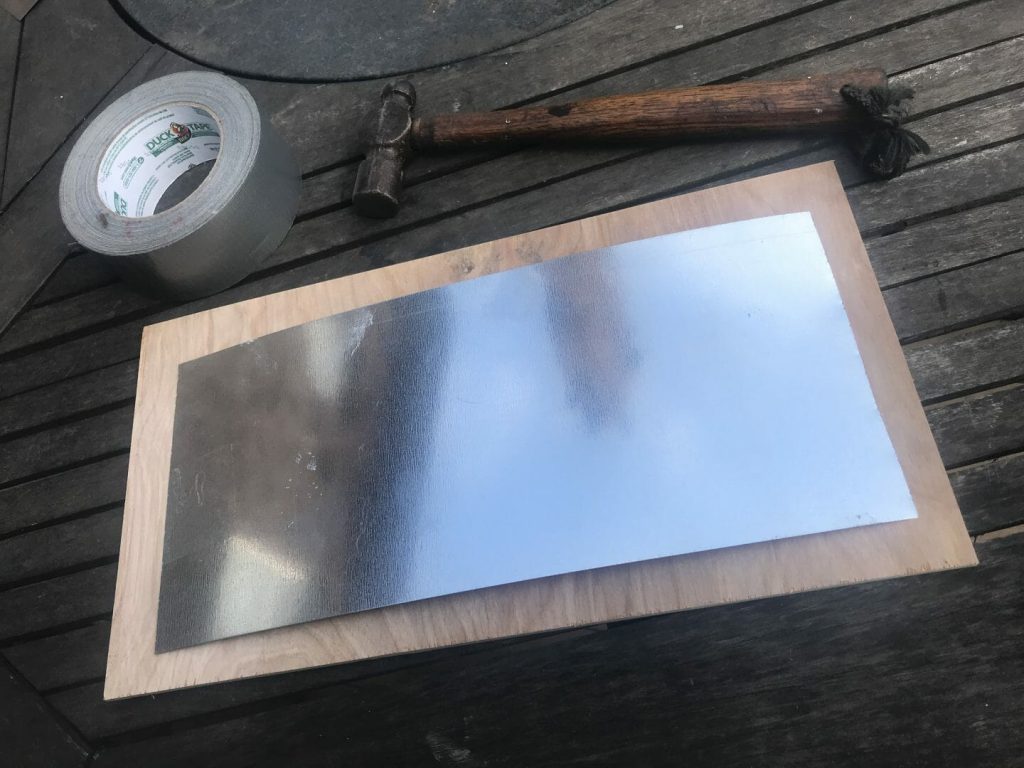
The Setup
Use the snips to cut a section of flashing about 14 inches long.
Duct tape the flashing to the backer board as shown. This holds the steel to the board and keeps little fingers away from the cut edges of the steel, which can be sharp.
Use
Set the steel covered backer board on a solid surface like a sturdy table, paved outside surface, classroom floor, or large upended log, and let the hammering begin. You could clamp the backer board to a table to keep it from bouncing around with each hammer strike, but I recommend letting the kids hold the board sturdy with their non-hammer hand. It’ll help them develop some coordination and body awareness–and learn not to hit themselves in the hand.
As they hammer, kids will notice that the hammer makes little indents in the steel. The harder the strike, the bigger the indent. At some point, the steel will be so covered in dents that you’ll want to add a fresh piece–just pull off the old one and pop a new one on.
At some point, kids may want a challenge–try drawing a simple shape on the piece of flashing with a sharpie and challenging them to hammer only on the shapes outline. This’ll help them learn to control where the hammer blow lands–a skill needed for pounding in nails.
Safety
I waver on the use of safety gear like gloves, hearing protection, and safety goggles for these kinds of projects. On one hand, I want kids to learn best practice and use such gear when they are older tool users and I want to keep their fingers, eyes, and ears safe in the here and now. On the other hand, in my experience, for many kids the safety gear gets in the way and actually makes things less safe. Their sense of touch is limited by the gloves, the goggles can fog or slip, and the ear protection can slip or prevent them from hearing what’s happening around them. My recommendation is that you do what seems best for your setting and the kids you’re working with. That said, here’s the safety gear I purchased for my granddaughter: gloves, goggles, ear protection.
I think the biggest thing you can do to assure safety is crowd control. The more little bodies and fingers and toes are around the greater the chance of an errant hammer swing. I recommend one child per hammer and work station.
Learning
Along with the muscle control, muscle strength, and situational self-awareness skills develop when they hammer, they will also build more intangible things like confidence, a sense of agency, and self-regulation skills.
Contribute content to Playvolution HQ
Brought to you by Explorations Early Learning
Browse Trainings
Post Author
Jeff Johnson is an early learning trainer, podcaster, and author who founded Explorations Early Learning, Playvolution HQ, and Play Haven.

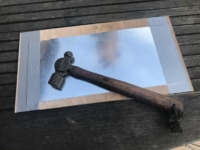
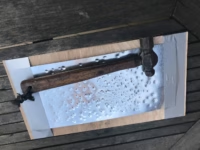
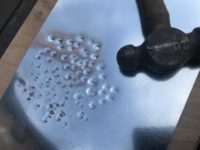


Leave a Reply